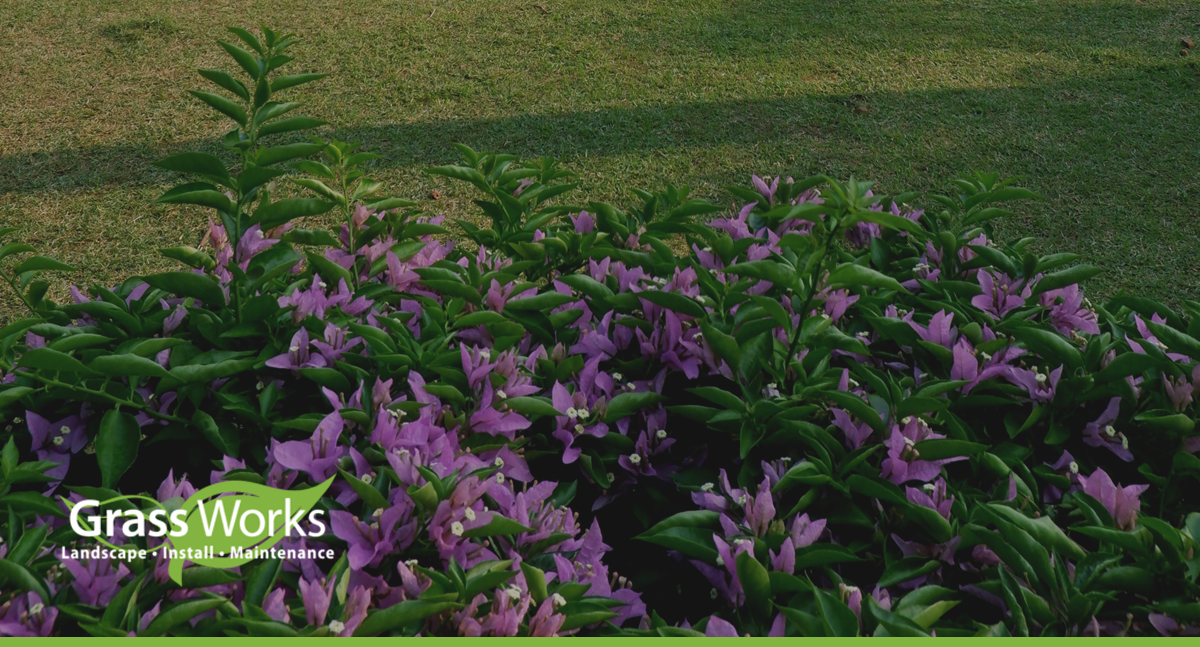7 Best Cold Weather Flowers for Texas in Winter Months

Although snow is rare in Texas, the temperatures drop too low for many types of flowers to thrive throughout the year, which poses a challenge when designing your landscape. Choosing hardy annuals or cool flowers can help you keep your landscaping beautiful and brilliant even during the colder months. If you’re unfamiliar with these types of flowers, the following guide can help you get started.
- Dianthus
- Sweet Alyssum
- Johnny Jump-Ups
- Dusty Miller
- Camellias
- Winter Honeysuckle
- Snapdragon
Dianthus
You could create a vast, colorful garden using only dianthus flowers in your yard, thanks to the more than 300 species of flower included in this genus. Overall, dianthus flowers have five petals each. The center of these flowers is usually white, but some species have yellowish-green centers.
Dianthus can grow in sand, silt, or clay soil, but mixing peat moss with the soil can enhance their growth. They need six hours of sunlight per day but only one inch of water per week. Water them more frequently during the summer.
Sweet Alyssum
Although sweet alyssum is one of the best cold-weather flowers, Texas property owners should know these flowers aren’t hardy annuals. Instead, they are perennials that bear the traits of hardy annuals. The plants grow dense clusters of white flowers. Use them as ground covering or potted plants. Just make sure they have room to overflow and sprawl.
Sweet alyssum grows best in soil that drains easily. It doesn’t need much sunlight. Shaded areas that get some sunlight throughout the day are best for sweet alyssum. Only provide one inch of water per week and delay watering until the soil feels dry. Saturated soil leads to root rot.
Johnny Jump-Ups
As a hardy annual, Johnny Jump-Ups are popular features on many Texas properties. You may have seen them even if you don’t know them by name. When they blossom, these plants produce brilliant blue, purple, and yellow flowers. They’re commonly called violas, and they’re closely related to pansies.
While Johnny Jump-Ups do need some direct sunlight, they can grow healthy and strong in partially shaded areas. Since they don’t need much moisture, make sure you plant them in soil with good drainage. When choosing where to plant these flowers, keep in mind that too much harsh afternoon sunlight can harm them.
Dusty Miller
When looking for the best cold-weather flowers, Texas homeowners should look for flowers that thrive under moderate conditions. Dusty Miller needs some sunlight, but it can’t handle too much heat or moisture. Ideally, plant Dusty Miller in an area that receives sunlight and shade at various times throughout the day.
Dusty Miller is a delicate plant that resembles a frosted fern when it’s not in bloom. During the winter, the plant shows off its yellow flowers. The flowers look similar to daisies, and they can stay in blossom through the spring in cooler climates.
Camellias
While camellias produce fragile-looking pink flowers, the plant is strong and resilient. It is more hardy in cold temperatures than other flowers. The plant’s shiny leaves retain their beauty even when the pink and white flowers aren’t blooming.
Camellias need moderately acidic soil. This is a problem for many homeowners in Texas, where the soil is more alkaline. If you want to grow camellias, use flower pots or garden beds where you can moderate the soil’s condition.
Plant camellias in partially shaded areas to avoid harsh sunlight exposure. Keep the soil moist but not saturated for the best results.
Winter Honeysuckle
Like many hardy annuals, winter honeysuckle remains dormant through the spring and summer. During these warmer seasons, the plant closely resembles a green shrub. This dormant state still provides green foliage that enhances the landscaping on any property.
As the climate cools and fall approaches, the winter honeysuckle flowers come into bloom. Their white-and-yellow flowers bring beauty to your garden, while their sweet scent enhances the enjoyment of the flower.
While winter honeysuckle needs at least six hours of sunlight, it can thrive in most types of soil. The pH level of the soil rarely impacts the growth of this resilient flower. This feature makes winter honeysuckle one of the best cold-weather flowers. Texas property owners should keep the soil moist, but the plant can survive in dry soil for brief periods.
Snapdragon
Although snapdragon is a reliable flower to grow in winter, it is a tender perennial, which means it returns year after year. The delicate-looking flowers come in a variety of colors, including red, white, and yellow.
Plant snapdragons in an area that receives six hours of sunlight. These plants need neutral pH levels in their soil. Mix the soil with compost, neem cake powder, or bone meal to make the soil more nutrient-dense. Younger snapdragon plants need consistently moist soil. As they grow, provide one inch of water per week.
Pick the Best Flowers for Your Property
Many more types of flowers will flourish throughout the colder winter months in Texas. In addition to limiting your options to hardy annuals, consider your ability to provide sufficient water, sunlight, and soil types. Knowing your capacity for plant care will help you choose flowers that you’ll be able to grow successfully on your property.
Grass Works has been providing Expert Residential & Commercial Local Lawn Care Services in Central Texas: Austin, Cedar Park, Round Rock, Avery Ranch, Bee Cave, Lakeway, Steiner Ranch & West Austin since 2007! Need help with your landscaping? Get a free estimate today!

Ferris MyCue is the founder and owner of Grass Works Lawn Care, LLC located in Leander, TX. As a former firefighter who maintained yards on his days off, he saw a need for a dependable, local maintenance company that knew the hill country climate and could deliver quality landscaping services for a reasonable price. Since 2007 he has used his leadership to grow the company into one of the top landscape maintenance companies in Austin and surrounding areas offering landscape maintenance, design, and irrigation services to both residential and commercial clients. Ferris is also a member of the Seasonal Employment Alliance (SEA) and an active participant in advocacy efforts to help promote cap relief.